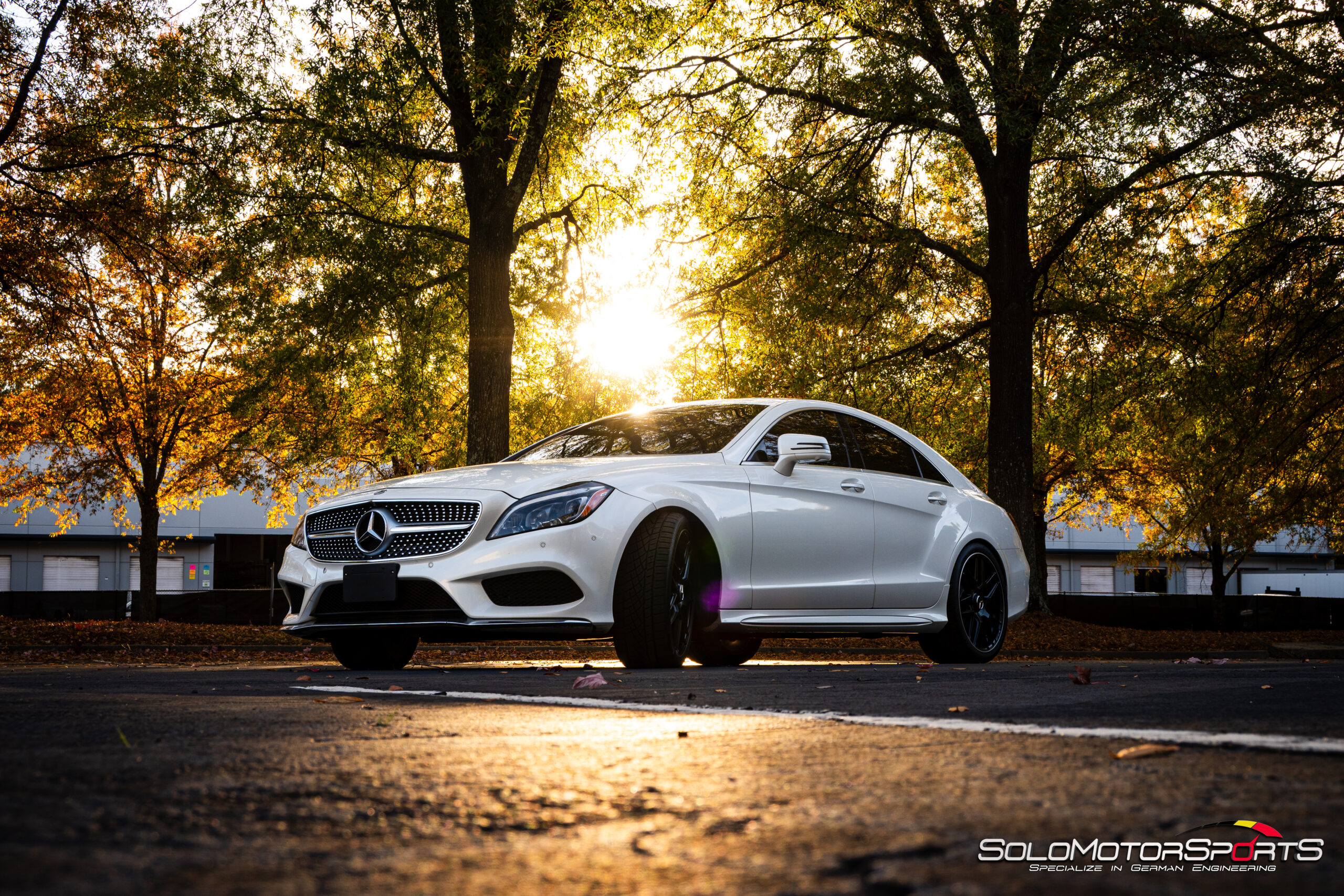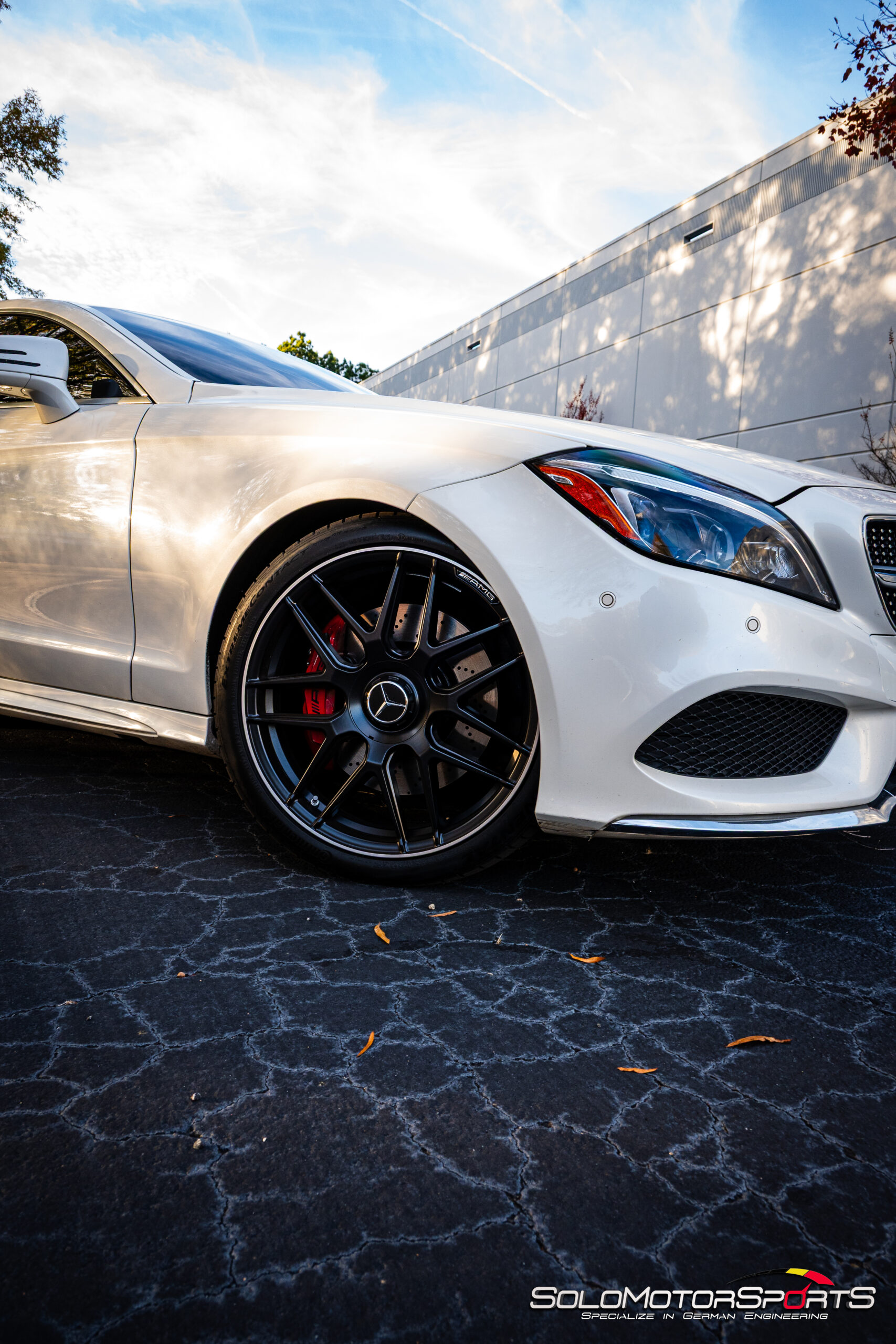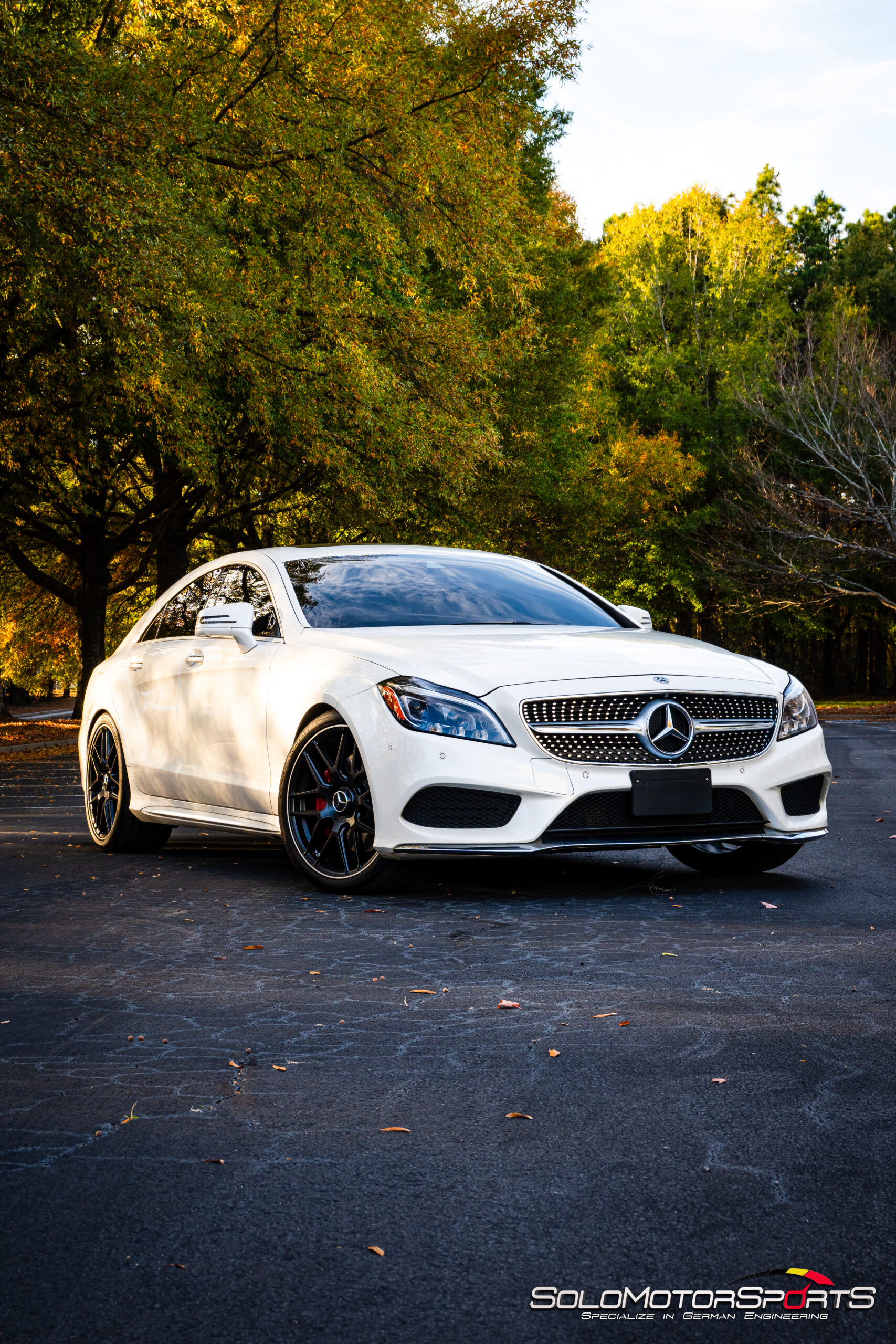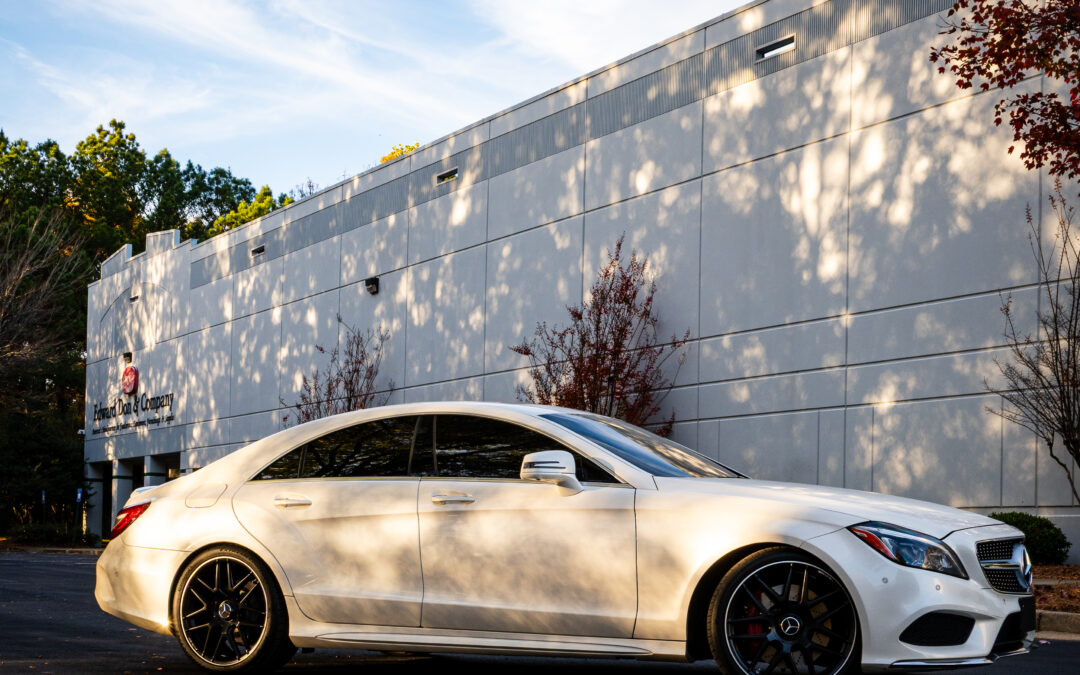Modifying a car is an emotional rollercoaster.
One minute you’re hyped about adding more power, and the next minute you’re wondering why your bank account is giving you the silent treatment. But once everything comes together, there’s nothing like the moment your car finally wakes up and says, “Let’s go!”
Take this Mercedes CLS550, for example. From the factory, it’s a luxurious, well-mannered cruiser pushing 402 horsepower. Sounds strong—until you remember it weighs over 4,000 pounds. That’s like asking a bodybuilder to sprint while giving his twin a piggyback ride. Power alone doesn’t tell the story; power-to-weight ratio does.
This is why enthusiasts start chasing upgrades: bigger turbos, free-flowing intakes, high-volume fuel systems, exhaust systems that actually breathe, and sometimes even full engine builds with forged internals. (If you go that route, may your wallet rest in peace.)
The Starting Setup
For this CLS550, we kicked things off with a solid foundation of performance upgrades:
- Black Boost Gen 2 Intakes
- Black Boost Wide-Open Thermostat Bypass
- Turbo-back valved exhaust kit
- SMS ECU Stage 2+ Tune
- SMS TCU Stage 2 Tune
- Ghost Motorsports Ghost Link Coilovers
All great upgrades… but here’s the truth:
None of it works the way it should without proper tuning.
You can bolt the biggest turbo in the world onto a car, but without tuning, it’ll run like it’s doing a marathon while chain-smoking. Upgrade your fuel system without ECU calibration, and the engine will breathe like it has seasonal allergies. It won’t be fun, it won’t be fast—just confused.
The Role of Tuning: The Brain Behind the Build
This is where tuning becomes the hero of the story.
Anyone can install performance parts, but making all those parts work together seamlessly? That takes skill. At Solo Motorsports, tuning isn’t just a service—it’s a science and an art. You need someone who’s part engineer, part software developer, and just a tiny bit wizard.
So how does tuning actually work?
A tuner connects specialized software to the vehicle’s ECU (Engine Control Unit)—and often the TCU (Transmission Control Unit)—to monitor and adjust how the car behaves.
This is typically done on a dynamometer, AKA:
- A dyno
- A rolling road
- That giant machine that makes your car look like it’s doing cardio
Some DIY tuners attempt this on public roads, which is… let’s just say “memorable.”
What the tuner looks for:
- Air-fuel ratio (AFR)
- Boost levels and turbo efficiency
- Ignition timing
- Engine load and knock detection
- Intake air temps & coolant temps
- Transmission shift timing and torque limits
These measurements show how the engine responds under different conditions. From there, the tuner adjusts the software so the engine makes more power safely, without knocking, overheating, or being pushed beyond its mechanical limits.
When tuning the transmission, shift points are recalibrated for:
- Faster shifts
- Higher torque capacity
- Better power delivery
- Less hesitation
- Stronger, smoother acceleration
Basically, the car stops feeling like it just woke up from a nap and starts feeling like it’s had three shots of espresso.
Why It Matters
Tuning is the difference between:
- A car running a marathon with pneumonia, or
- A car running it with a jetpack strapped to its back
The hardware gives you the potential.
Tuning unleashes it.
When everything works together—fuel, air, timing, boost, and transmission logic—you get a car that’s not just faster, but smoother, more responsive, and far more reliable under power.
And that’s why tuning isn’t optional. It’s essential.




